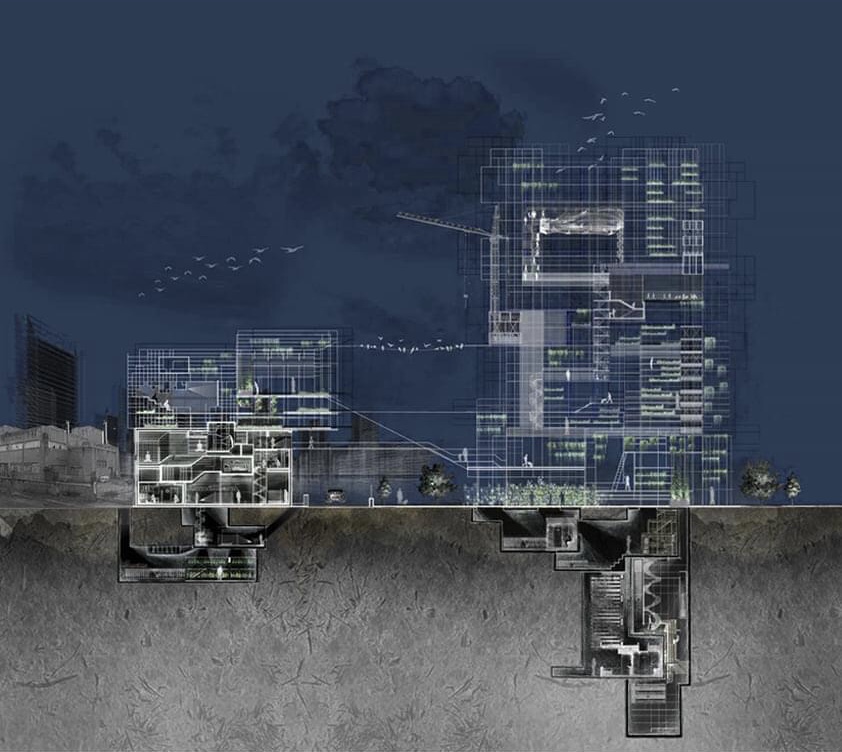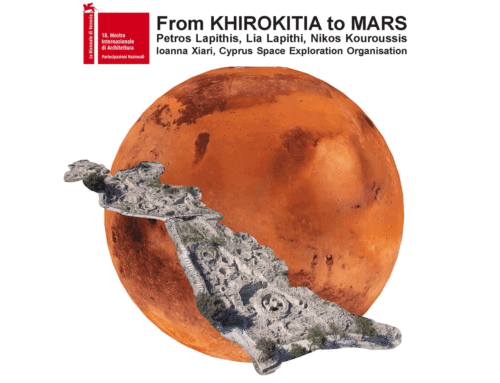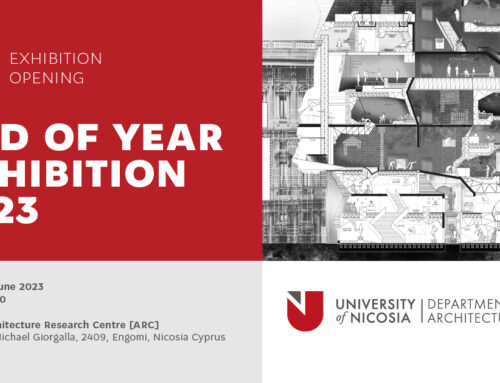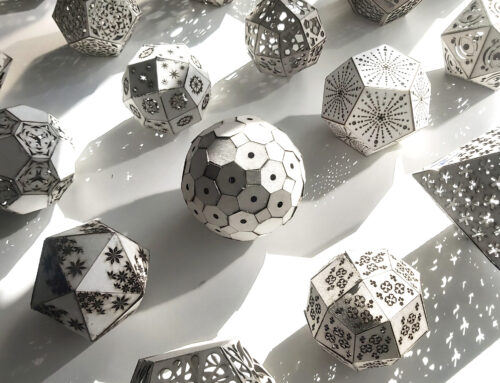Honourable mention in the ‘FUTURE PUBLIC SPACE’ international architecture competition, by student Anastasia Milona
We are very pleased to announce that 4th year student Anastasia Milona’s project “Space of No-Time” was selected among the 6 honourable mentions of the international competition ‘FUTURE PUBLIC SPACE’ by Non Architecture Competitions!
The project was developed under Unit 2 ‘Living Where the Immaterial Matters_ Towards the Commons’ of the Department of Architecture (tutors Maria Hadjisoteriou and Yiorgos Hadjichristou).
FUTURE PUBLIC SPACE_Non Architecture Competitions
The Unit’s core investigation is to provoke a debate on the issue of immaterial matter, and its creative response in redefining a new hybrid urban environment. Architecture and the city are seen as one unified evolving organism which keeps incessantly defining and being defined by multiple agents. In a need of rethinking and redefining our cities due to the increasing global environmental, social and economic crises, Unit 2 aims to enrich our architectural understanding of Commons and explore their potential role in articulating architectural ideas.
“Space of No-Time”
In the modern day society, where most spaces in the city are exclusive, green is being eliminated and the system is constantly opposed to any citizen intervention, it is time to look into what’s connecting us and create community rather than remaining in separation into this social and environmental crisis.
In the place of “No-Time” citizens find relief and reconsider life values into a state of mindfulness, that’s so close physically but so far mentally from the stressful everyday life rhythm in the city, that’s entirely dominated by the clock into the present socio-economic systems.
The project proposes a series of activities in shared spaces that promote collaborative mode of urbanity and inclusion of various groups of people. The program includes activities like communal cooking&eating, meditation spaces, exchange skills workshops and collaborative cultivation, making the community self-sustainable in a constant state of solidarity rather than using pieces of paper(money).
The vertical gardens expand into a larger scale of a light structure, creating vibrant microclimates; Green that resists to the deterioration of the weather climates in the city, inviting more life of plants and animals, while social spaces are also forming in-between.
Opportunities of connection and synergy are constantly being sought through the in-between spaces and functions, while re-connection to nature, grounding and healing occurs, attaining social and environmental sustainability.
This is a great honour for Anastasia, our Department and the teaching faculty.






